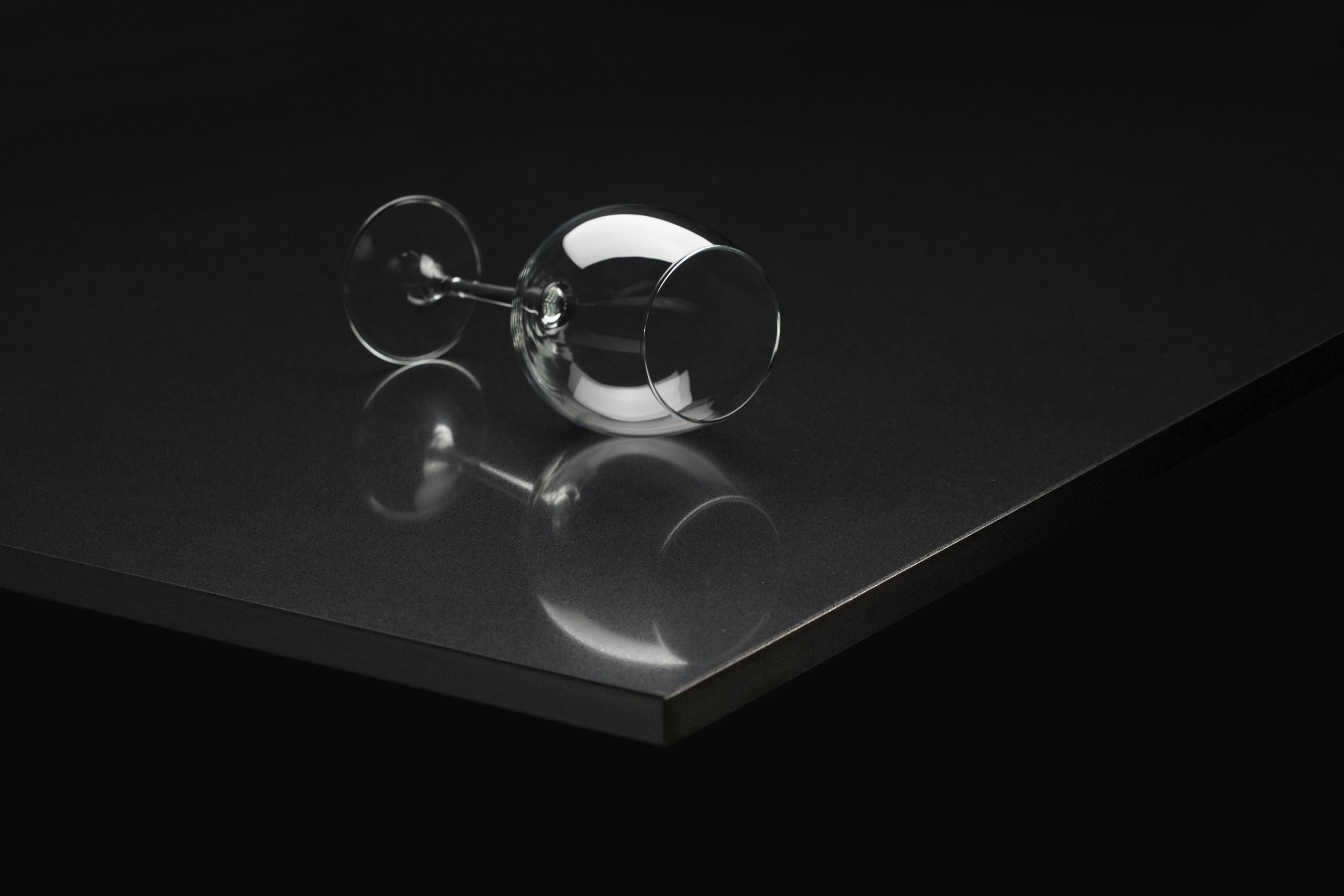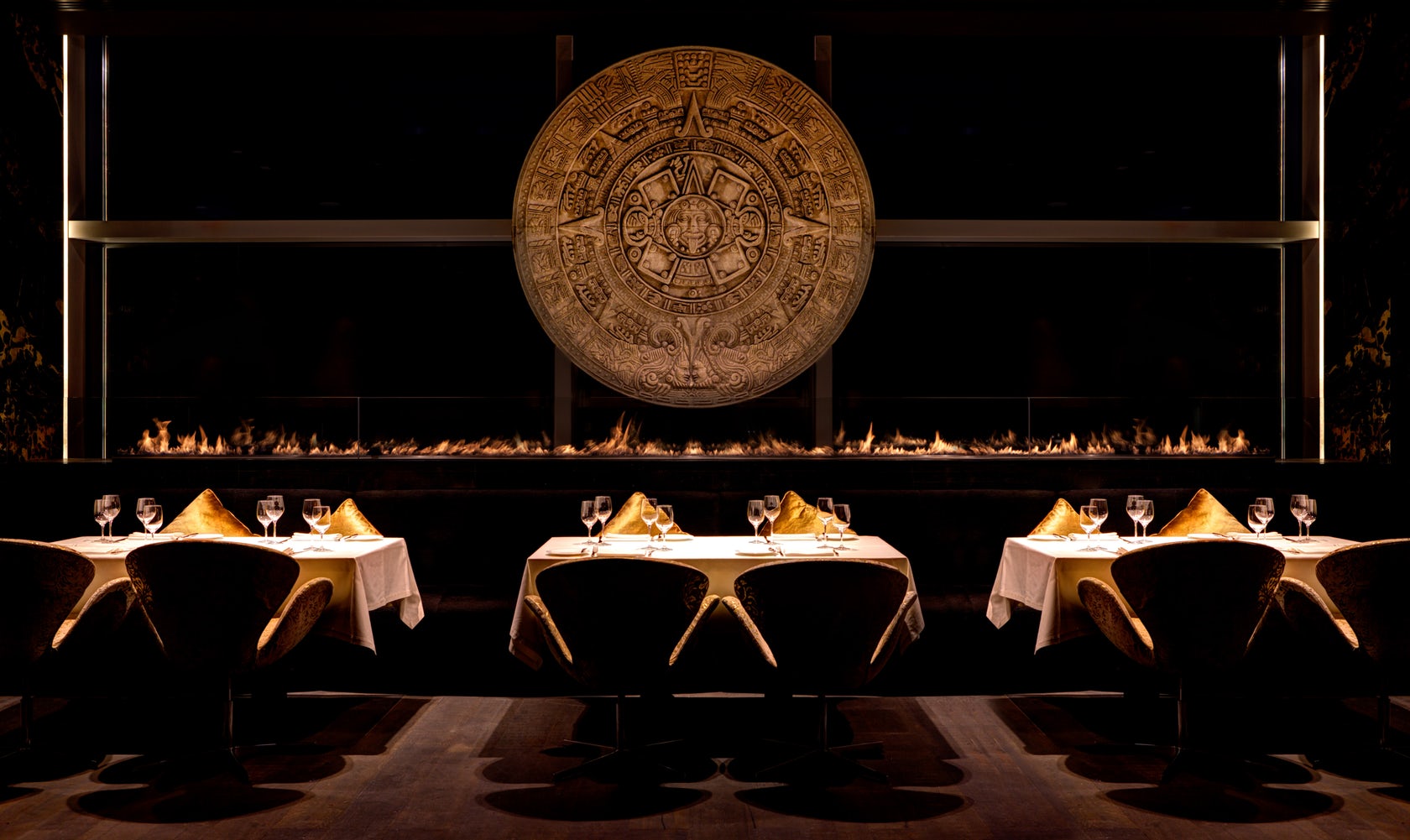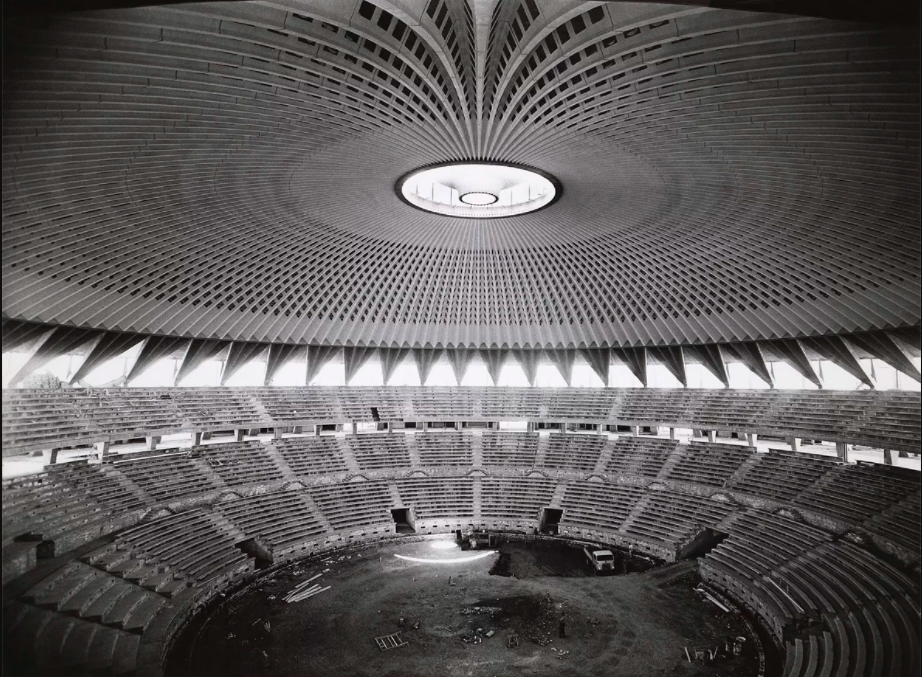It’s a well-known stereotype that every architect loves black. Every designer has seen a joke about architects dressed all in noir. Naturally, architects ought to be connoisseurs of black, and know that there are many possible variations on the shade — as well as endless applications for obsidian-colored materials.
When designers are specifying black surfaces, they have many options to pick from. These surfaces can be glossy and rich, delicately matte or dazzlingly speckled. Silestone by Cosentino offers four different shades of dark surfaces with their N-Boost technology to cater to every design aesthetic and spatial situation.
Silestone offers the darkest finish options in four varieties: Iconic Black, Stellar Night, Marengo and Tebas Black.
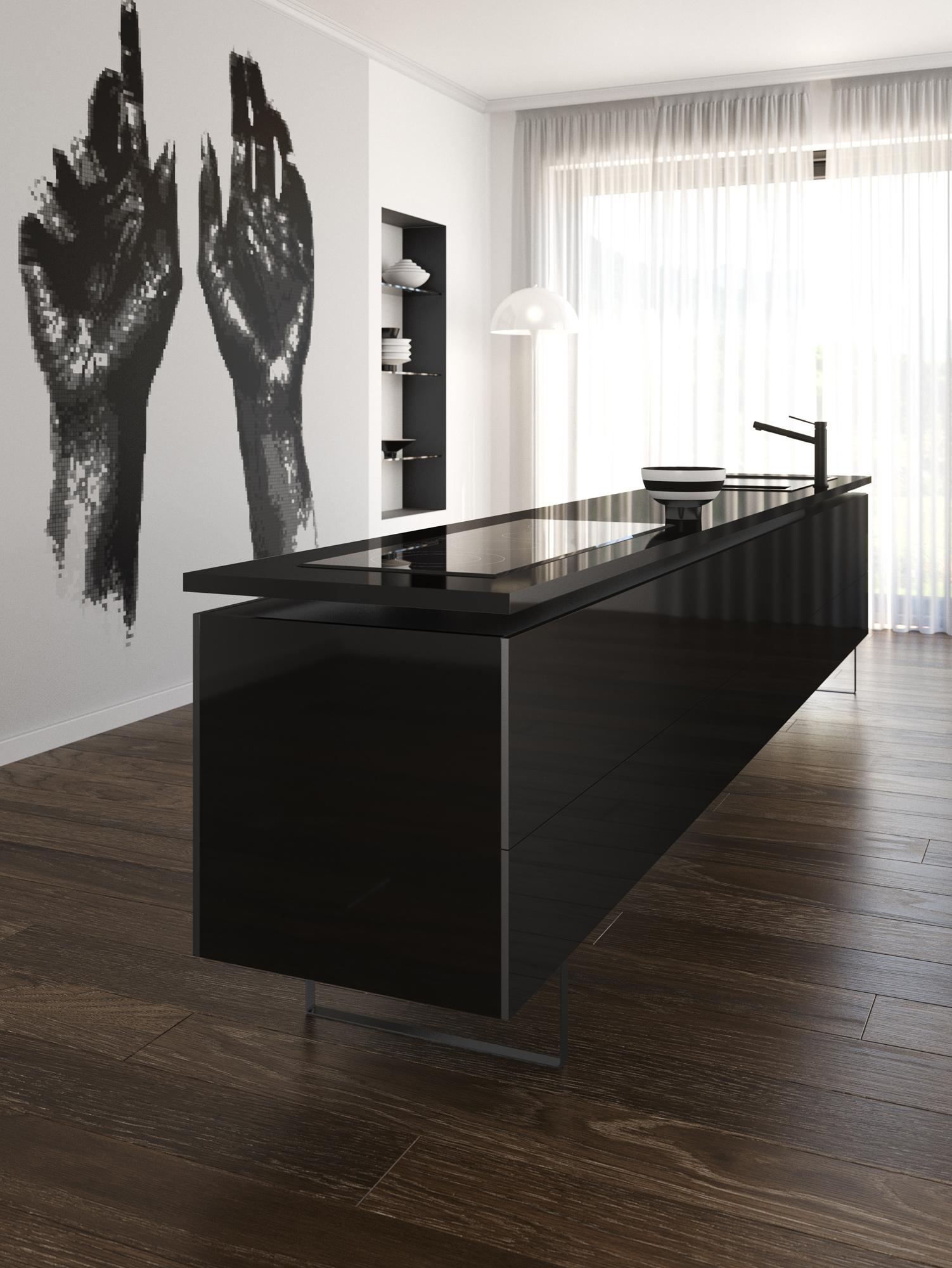
Iconic Black kitchen countertop from Silestone by Cosentino
Some situations call for a perfect black. Iconic Black is the richest and darkest finish offered by Silestone, and possesses a highly polished surface with a bright shine. Designers looking for a pure shade to accent clean and crisp interiors can use pure blacks for quality contrasts.
Stellar Night offers a different take on black. It is infused with tiny flecks of reflective material that play with light to offer a brilliant appearance. These kind of textures are useful when designers are looking for solid, dark colors that still have an element of texture to them. Materials like these, which play with light in unconventional ways, can liven up otherwise conservative interiors.
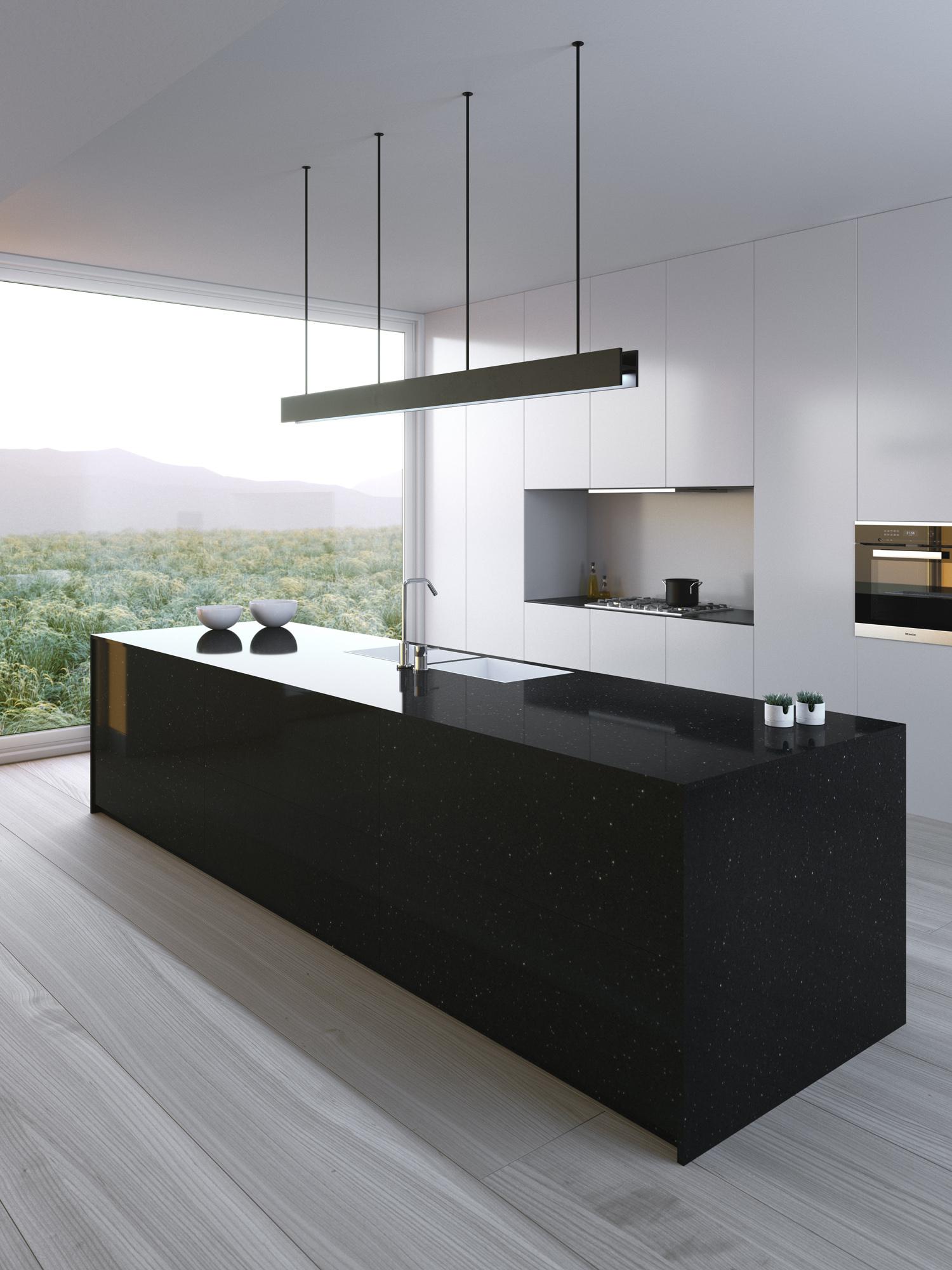
Stellar Night kitchen countertop from Silestone by Cosentino
Another option when looking at black finishes is to explore ranges of dark gray. Silestone’s Marengo comes in polished and suede finishes. Dark grays contrast less with lighter materials than black finishes, and suede or matte finishes can appear sumptuous and highly tactile. Finishes like these are great choices when darker blacks would appear too heavy, perhaps in smaller, less light-filled spaces.
On the other hand, for a designer who knows they want a classic black quartz surface, Silestone offers Tebas Black. The shade is exceptionally intense and uniform.
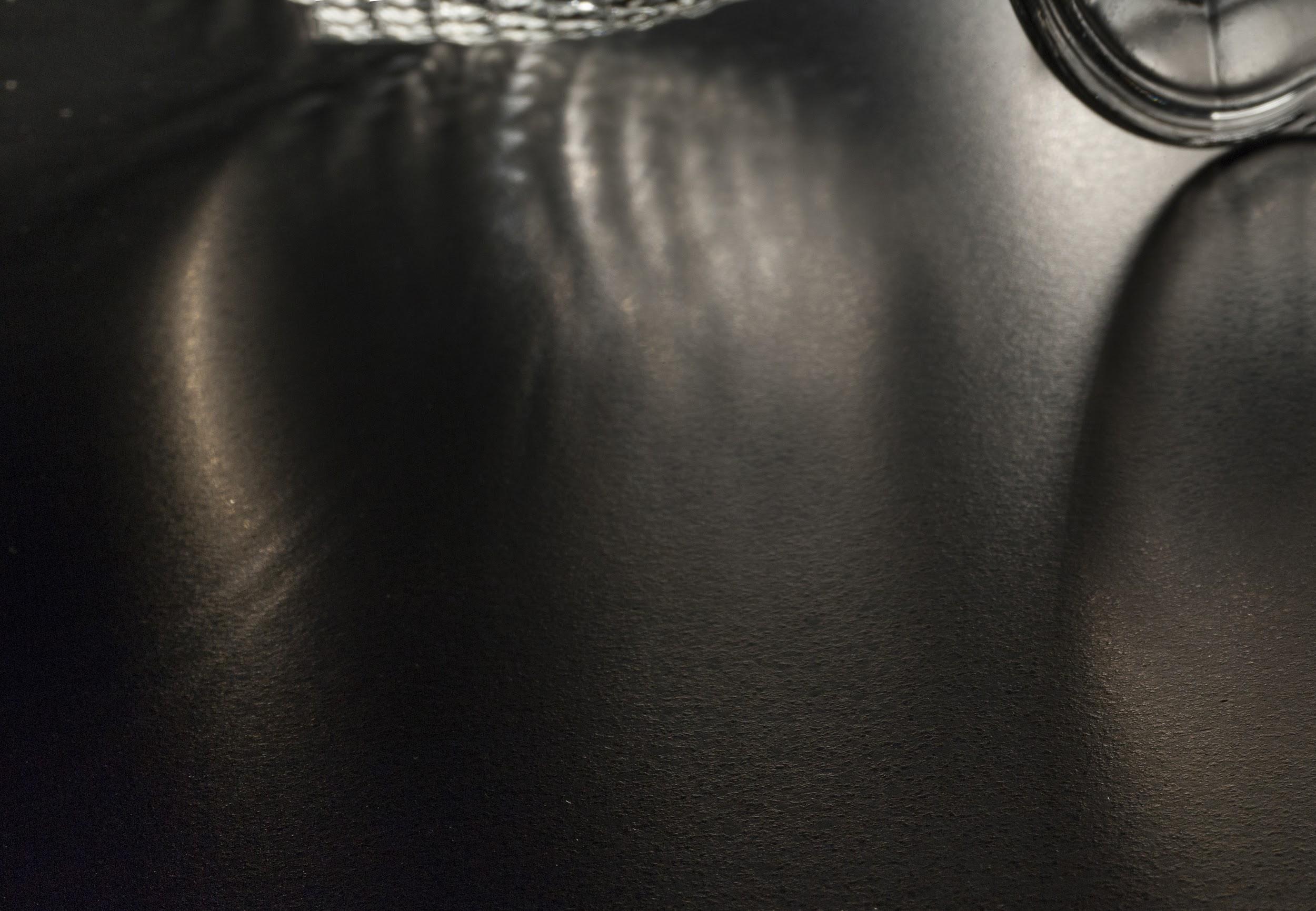
Suede texture of Silestone by Cosentino
Silestone’s rich tones are possible because of N-Boost technology. This material innovation makes the material easier to clean, as well as giving it an incredible, bright shine. “Thanks to technical advances on a molecular level, it is easier than ever to clean Silestone surfaces in the event of contact with staining substances,” said Valentín Tijeras, VP of Global Product and R&D at Cosentino. These surfaces offer top-of-the-line aesthetics with the best performance available.
Silestone by Cosentino is made of more than 90% natural quartz. The material is resistant to stains, knocks, scratches and has also a low level of fluid. Because it is so durable, it is appropriate for use in high-intensity applications, like hospitality or restaurants, but its level of finish is high enough that it can also be used in single family homes and luxury interiors. The available range of finishes and colors lend it to almost any design aesthetic across this wide range of architectural typologies.

Silestone surface by Cosentino
Quartz surfaces are an increasingly popular alternative to solid stone surfaces like granite and marble. Materials like Silestone by Cosentino offer uniform color options and textures not found in nature, while still having the attractive qualities of traditional stone. Most contractors are familiar with such products and are comfortable installing and maintaining them. Thanks to material innovations like N-Boost, quartz surfaces are extremely easy to clean and are very stain resistant.
Black quartz surfaces open up new design possibilities for interiors. Surfaces can be darker and richer than ever before. Smart designers should explore the range of possibilities available in dark solid surfaces. Not all black surfaces are the same. Some shine, some sparkle, some seduce with a suede-like finish. Ultimately though, Silestone by Cosentino offers the surfaces that look and wear the best.
All images courtesy Cosentino
